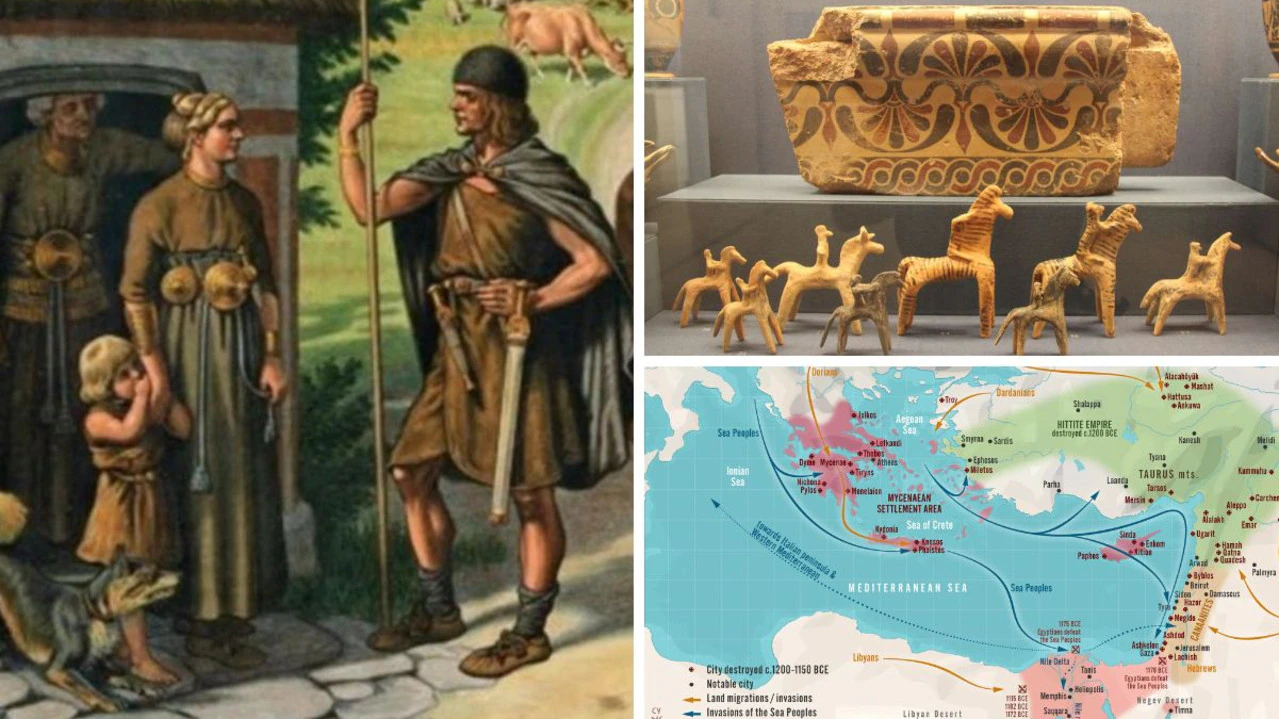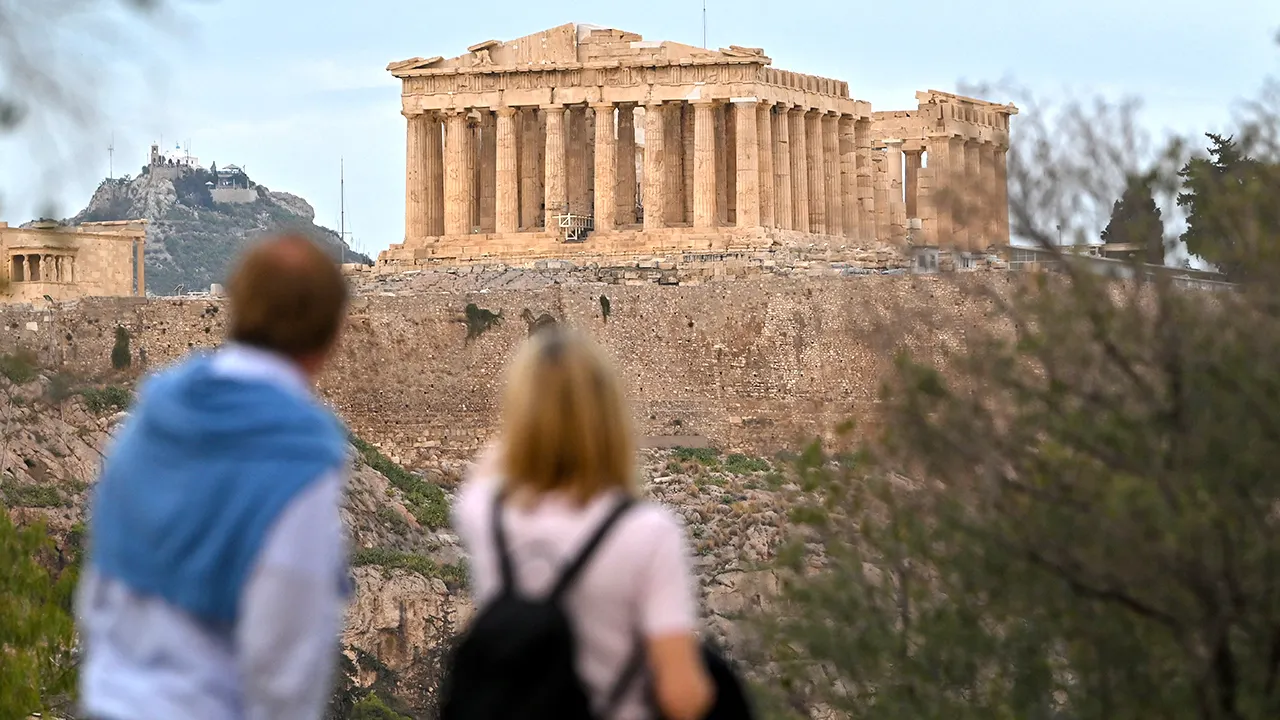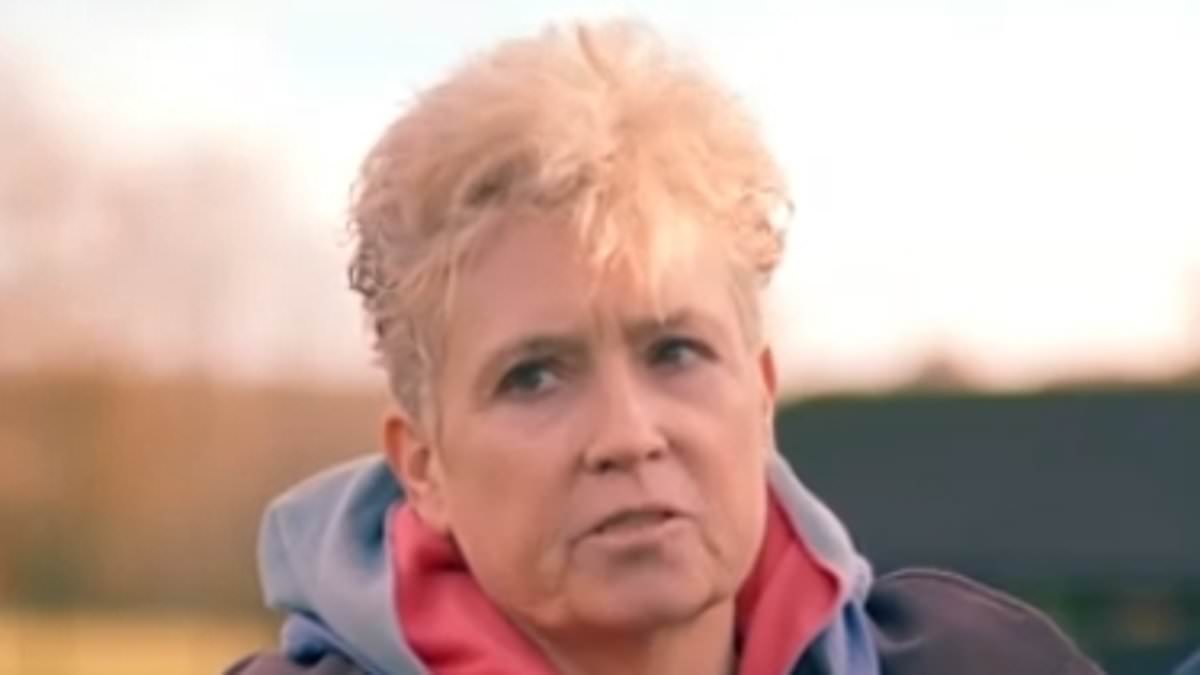Copyright news

Deals of the Week 7:31PMSaturday, October 25th, 2025 In the know quiz Set your local weather Breaking News Courts & Law Courts & Law Courts & Law Courts & Law South Australia Western Australia Northern Territory Breaking News North America US Politics South America Middle East UK Politics Health Problems Mental Health Inspiration Weight Loss School Life Restaurants & Bars Food Warnings Relationships The Sealed Section Family & Friends Fashion Shows Fashion Trends Face & Body Cosmetic Surgery True Stories Lifestyle Videos Travel Ideas Short Breaks Food & Drinks Destinations North America New Zealand Middle East Central America South America Travel Advice Tips & Tricks Accommodation Australian Holidays Northern Territory South Australia Western Australia Travel Videos Entertainment Celebrity Life Hook Ups & Break ups Celebrity Photos Celebrity Kids Celebrity Deaths Celebrity Style What To Watch Morning Shows Current Affairs Upcoming Movies Movies Reviews Music Festivals Books & Magazines Golden Globes Entertainment Videos Social Media Mobile Phones Home Entertainment Archaeology Environment Climate Change Sustainability Natural Wonders Motoring News On the Road Technology Videos Cost of Living How to Save Salary Secrets Personal Finance Superannuation Australian Culture Power & Influence Inside Parliament Gig Economy Breaking News Manufacturing Other Industries Australian Economy World Economy Interest Rates Federal Budget Australian Markets World Markets Australian Dollar Cryptocurrency Real Estate Sydney & NSW Melbourne & VIC Adelaide & SA Cricket Live Scores V8 Supercars Sports Life American Sports Paralympics Horse Racing Expert Opinion More Sports Sport Videos Sales & Deals Home & Appliances Health & Wellbeing Archaeology Archaeologists stunned by 5,500 year old discovery from the Bronze Age Archaeologists in the Middle East have unearthed a stunning 5,500 year old piece of evidence that changes what we know about the Bronze Age. Jamie Seidel @JamieSeidel October 26, 2025 - 3:19AM Share via Email Share on Facebook Share on Whatsapp Copied URL to clipboard theaustralian.com.au Tourists evacuated as flooding hits Petra's archaeological site Hundreds of tourists were evacuated from Petra's archeological site by Jordanian authorities on Sunday (May 4) after heavy rainfall... The Middle East may have been the cradle of the first civilisations, but it also hosted the first collapse. Now archaeologists in Jordan have unearthed evidence of a major Early Bronze Age upheaval at an ancient cult shrine complex. University of Copenhagen archaeologists have been digging at the 5500-year-old Jordanian Murayghat site. It rose to prominence between 4500 and 3500BC, an era when smelted copper supplanted stone as the pre-eminent material for tools and weapons. Copied URL to clipboard Bashiri Mummy’s 2300-year secrets revealed The Bashiri Mummy, known as the 'untouchable... It was also a time of significant cultural development. Evidence shows the rise of agriculture, ritualised worship, organised governance, and regional trade. But Jordan’s Chalcolithic (copper) culture was itself quickly superseded. The climate changed. Technology changed. Cultural expressions changed. University of Copenhagen archaeologist Susanne Kerner says Murayghat preserves evidence of a clash of civilisations. And how the local population strove to adapt. Archaeologists in Jordan have unearthed evidence of a major Early Bronze Age upheaval. Picture: iStock “A society in crisis, following the end of the once recognised order – without an established hierarchy, and a symbolic collapse without religious buildings and cultic paraphernalia – needed other means and ways to organise itself,” she argues. A dolmen (stone burial structure) found at Murayghat in Jordan. Picture: Susanne Kerner, University of Copenhagen Bronze Age disrupters Murayghat is mainly known for its copper-age shrines and extensive residential settlements. But excavations have identified discordant clusters of megalithic standing stones and dolmens (stone burial monuments) A hill at the centre of the extensive settlement has been found to hold several stone enclosures and carved bedrock ceremonial structures. More than a hundred stone structures (dolmens) extend into the plains beyond. Trench 8 with building 1 in the upper (northern half) and the circular room 5 in the south. Picture: The Ritual Landscapes of Murayghat project, Susanne Kerner B = bedrock. Picture: The Ritual Landscapes of Murayghat project, Susanne Kerner These don’t match established patterns. The Chalcolithic (copper) culture had been disrupted. Was it technology? Somewhere, someone at about this time had discovered that mixing copper with tin made a far better metal – bronze. Was it the climate? Plant and animal remains suggest a sudden, dramatic drying of the landscape. Was it migration? Overview of central knoll, showing different lines of standing stones. Picture: The Ritual Landscapes of Murayghat Project, Susanne Kerner A dramatic shift in cultural behaviour is evident among the ruins. “The question of why the cultural and sociopolitical organisation of the Chalcolithic came to an end remains open,” the study, Dolmens, standing stones and ritual in Murayghat, reads. “The break in cultic life can be clearly seen in the move from many smaller items of cultic importance (ivory figurines, violin-shaped items, fenestrated vessels, ossuaries and basalt stands with faces, etc.) to sites with very visible burial monuments and standing stones”. But it was not an immediate switch. Instead, many aspects of the Chalcolithic culture lingered on. Plan of the central knoll showing horse-shoe-shaped standing stone features and trenches. Picture: The Ritual Landscapes of Murayghat project, Hugh Barnes, Silvio Reichmuth This suggests a sudden, overwhelming influx of foreigners was not to blame. And coping with disruptive change was clearly a priority. “People had to find mechanisms to deal with a situation in which the traditional values and patterns of behaviour no longer worked,” Kerner argues. “Thus, new ways to organise life (and death) had to be found, and found within a society with weak hierarchical structures, still dealing with a major disruption to everyday patterns of life.” Hadjar al-Mansub, the largest of the single standing stones. Picture: The Ritual Landscapes of Murayghat Project, Susanne Kerner Monuments to opportunity Jordan, between 5600 and 5400BC, was in crisis. “A crisis that included tangible things like climate and thus agricultural yield, but also, and possibly more significantly, intangible things such as sociopolitical organisation, questions of ideology and belief, as well as mortuary habits,” Kerner explains. A whole symbolic culture, expressed through copper cultic objects, pottery and stone, came to an end. Amid it all, a new Early Bronze Age mindset was seeking new forms of social and ritual expression. The Bronze Age was a very interesting time in history. Picture: TAS This, she argues, explains the rise of stone circles, megalithic standing stones, and stone burial dolmens. “Murayghat gives us, we believe, fascinating new insights into how early societies coped with disruption by building monuments,” Kerner adds in a statement. “Instead of the large domestic settlements with smaller shrines established during the Chalcolithic, our excavations at Early Bronze Age Murayghat show clusters of dolmens, standing stones, and large megalithic structures that point to ritual gatherings and communal burials”. Bronze Age artefact. Picture: World History Pictures Bold, prominent visual markers such as megalithic standing stones “may have helped redefine identity, territory, and social roles in a time without strong central authority,” she adds. Among the materials recovered from the Murayghat dig are Early Bronze Age bowls and grain grinding stones. And scattered among flint and animal bone tools are a small number of copper items. Trench 9 showing Room 1 with wall L.9000 in the background. The cup-marks with adjacent small rectangular depression are left and right of the bedrock cut. The large depression is visible in the right, lower half. Picture: The Ritual Landscapes of Murayghat project, Sean Weston These remains suggest the residential cult centre had transitioned to a regional feasting and meeting site for different tribes. This would have been necessary if disparate neighbours were to get along. More Coverage Shock find inside China’s terracotta army Jamie Seidel Unthinkable ancient Egypt twist emerges Jamie Seidel “The site possibly served as a ceremonial meeting place for regional groups, facilitating discussions and organisation in a society undergoing significant transformation,” the study adds. “Undoubtedly, communication was required: to negotiate the roles of groups and individuals; and to construct new identities when the old ones no longer worked.” Jamie Seidel is a freelance writer | @jamieseidel.bsky.social More related stories 6000-year-old ‘Atlantis’ found Experts believe they’ve discovered an ancient city with pyramids and streets built 6000 years ago, hidden beneath the Caribbean Sea. Archaeology Shock find inside China’s terracotta army Archaeologists have unearthed an unbelievable new find at an ancient site in China. Here is why it could change everything we know. Archaeology Unthinkable 140,000yo find stuns the world Evidence is mounting that could change all that we know about the history of mankind. Registration In The Know Quiz Newsletters Competitions Welcome to news.com.au Code of Conduct Help and Support General Feedback Advertise with us Standards of Practice Licensing & Reprints Our News Network The Daily Telegraph The Courier Mail Our Partners realestate.com.au CODE Sports A NOTE ABOUT RELEVANT ADVERTISING: We collect information about the content (including ads) you use across this site and use it to make both advertising and content more relevant to you on our network and other sites. Find out more about our policy and your choices, including how to opt-out.Sometimes our articles will try to help you find the right product at the right price. We may receive payment from third parties for publishing this content or when you make a purchase through the links on our sites. Privacy policy Relevant ads opt-out Cookie policy Terms of use Nationwide News Pty Ltd © 2025. All times AEDT (GMT +11). Powered by WordPress.com VIP More stories before you go



